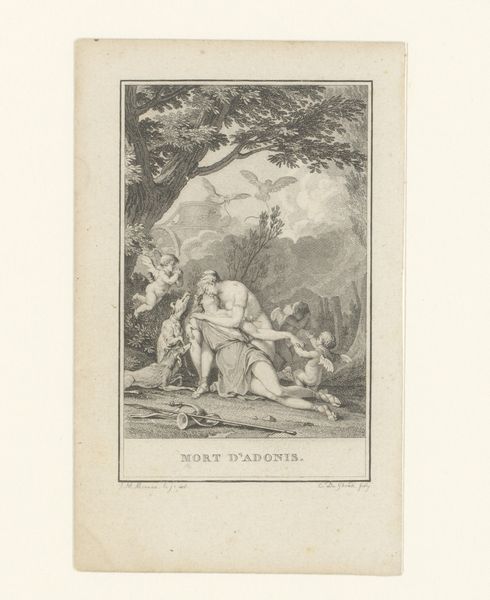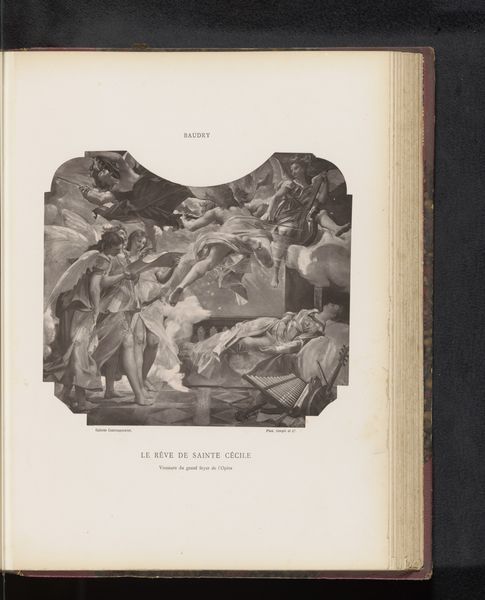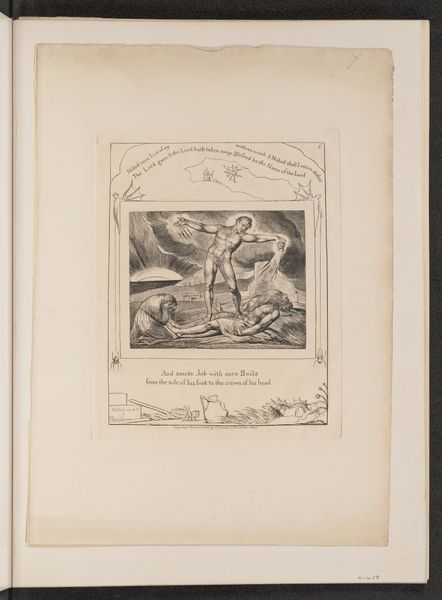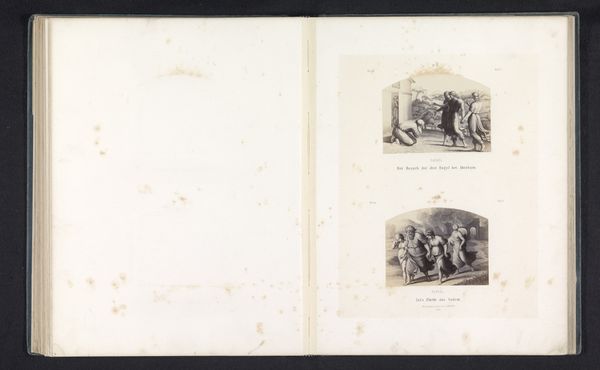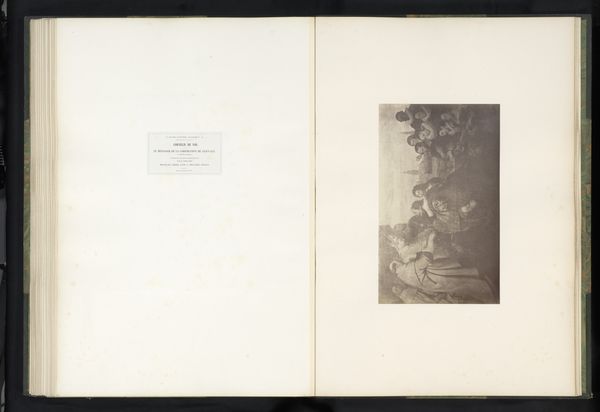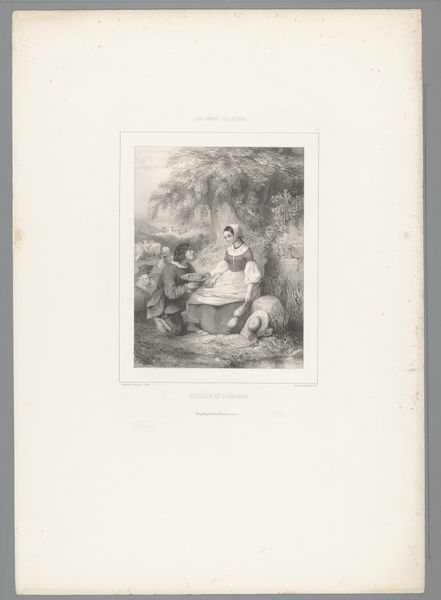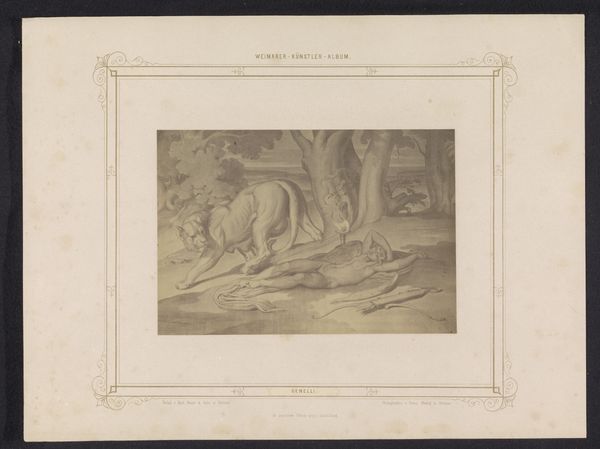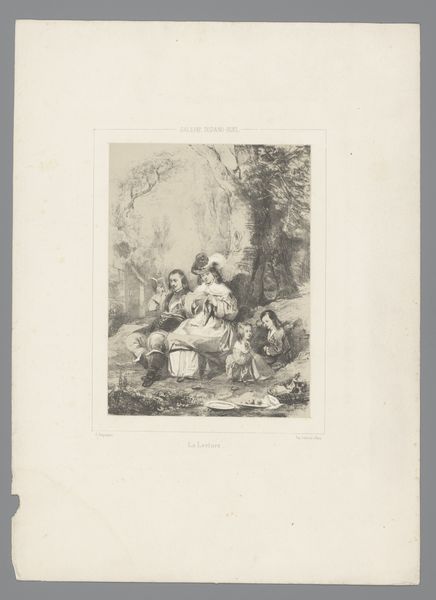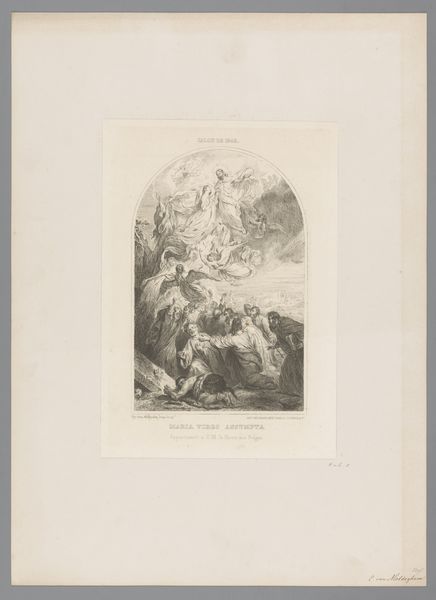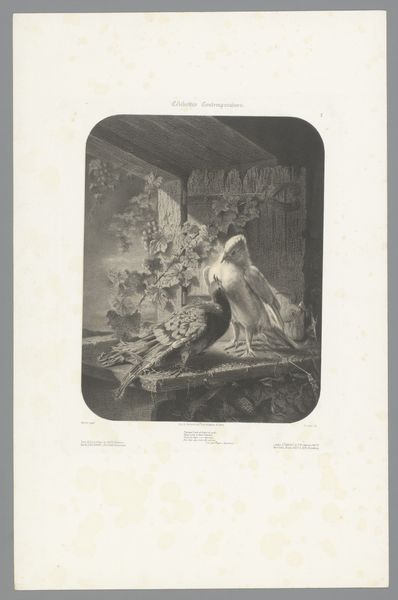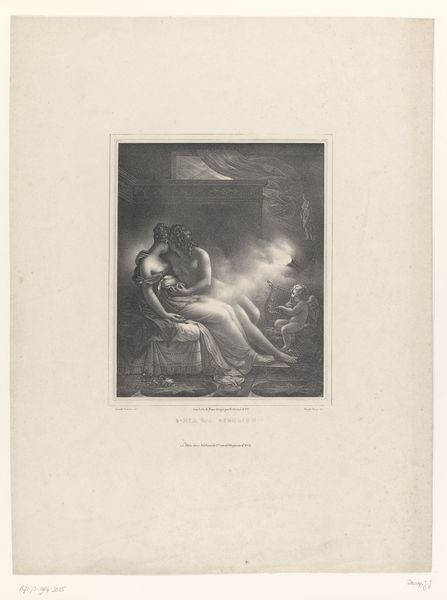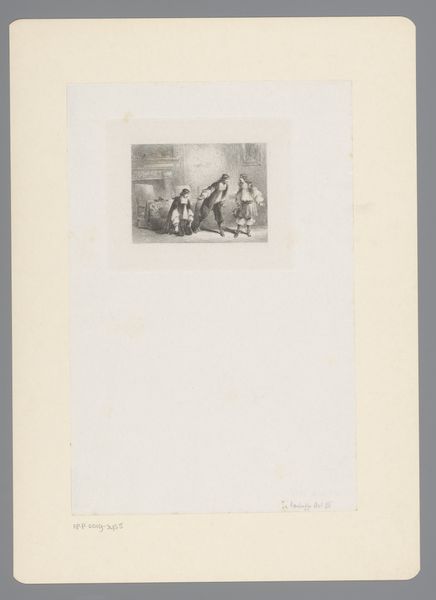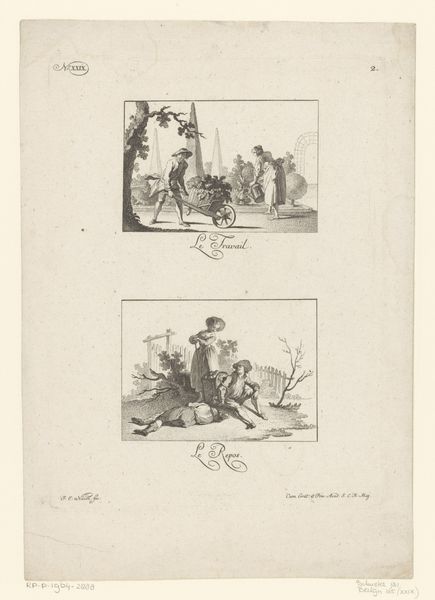
Twee fotoreproducties van schilderijen van scenes met putti omringd door bloemen, door P. J. Carpey before 1881
0:00
0:00
Dimensions: height 480 mm, width 315 mm
Copyright: Rijks Museum: Open Domain
Editor: This photograph, taken before 1881, showcases two reproductions of paintings by P.J. Carpey, each depicting scenes with putti amidst floral arrangements. I’m immediately struck by the contrast between the crisp photographic print and the soft, almost dreamlike quality of the reproduced paintings. How do you interpret the choice to photograph paintings, and what does it tell us about art and reproduction in that era? Curator: That’s an astute observation. This work presents us with an interesting intersection of Neoclassical ideals and the burgeoning medium of photography. Consider the socio-political context: Neoclassicism, with its emphasis on order, reason, and idealized forms drawn from classical antiquity, served as a visual language for emerging nation-states and their imperial ambitions. Photography, then, became a tool not just for documentation but for disseminating these ideals, making them accessible to a wider audience. The putti and floral arrangements—symbols of innocence, beauty, and abundance—reinforce this message of idyllic, harmonious order. How does this connect with other works you have seen? Editor: I see the connection to empire through idealization now, thank you! It's interesting to think about how the photograph acts as both a record and a promoter of these paintings and, by extension, of the values they represent. I hadn't really considered photography having a cultural role, beyond a sort of accurate "snapshot". Curator: Precisely. It invites us to question what is lost, or perhaps gained, in translation. What do you think this photograph communicates about accessibility and consumption of art and culture in the 19th century? Editor: This piece made me reconsider the agency of art, particularly its role in shaping public consciousness and perpetuating cultural values in what seemed like a straightforward copy! Curator: Absolutely. By looking at these historical echoes we understand that this is so much more than just some pretty children frolicking!
Comments
No comments
Be the first to comment and join the conversation on the ultimate creative platform.
